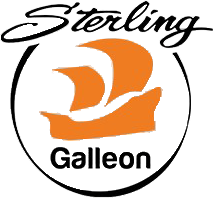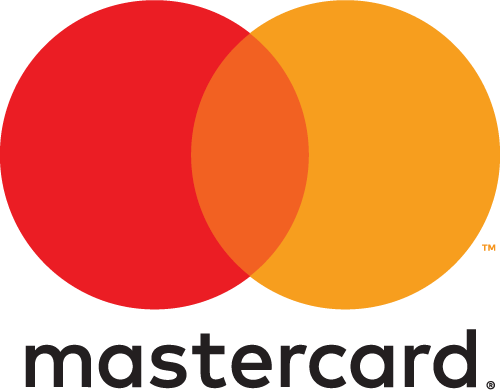All Categories



Do It Yourself Solar Electricity: A Comprehensive Guide to Powering Your Home with Solar Energy (Off Grid Homesteading: Practical Steps for Sustainable Off Grid Living and Thriving)
Share Tweet
Get it between 2025-07-29 to 2025-08-05. Additional 3 business days for provincial shipping.
*Price and Stocks may change without prior notice
*Packaging of actual item may differ from photo shown
- Electrical items MAY be 110 volts.
- 7 Day Return Policy
- All products are genuine and original
- Cash On Delivery/Cash Upon Pickup Available








About Do It Yourself Solar Electricity: A Comprehensive
DIY Solar Power Do It Yourself Solar Electricity: A Comprehensive Guide to Powering Your Home with Solar Energy Solar power systems convert sunlight into usable electricity, offering a renewable, clean, and increasingly cost-effective energy source. Understanding the basics of how solar power works, the core components of a solar power system, and the essential electrical principles involved is crucial for designing and implementing an efficient system. This chapter will provide an in-depth explanation of each component, how they interact, and the fundamental principles of photovoltaic technology. Solar panels are made of PV cells, which consist primarily of semiconductor materials like silicon. When sunlight hits the surface of these cells, photons from the sunlight transfer their energy to electrons in the semiconductor, knocking them loose and allowing them to flow through the material. A solar power system is made up of several components that work together to capture, convert, and store solar energy. Each component plays a crucial role in ensuring the system operates efficiently and safely Solar panels, the most visible part of a solar power system, are responsible for capturing sunlight and converting it into DC electricity. There are different types of solar panels, each with its own benefits and considerations. Designing an effective solar power system requires a thorough understanding of energy needs, choosing the right components, and optimizing the layout for maximum efficiency. This expanded chapter provides a comprehensive guide on assessing energy consumption, selecting the correct equipment for different property types, and designing the layout for optimal sun exposure and efficiency. We will also cover panel placement techniques, wiring systems, and safety considerations to ensure the system functions effectively and adheres to local codes. A critical first step in designing a solar power system is calculating your home’s energy needs. A precise energy audit ensures that your system is appropriately sized, neither too small (which would result in insufficient power) nor too large (which would increase costs unnecessarily). Off-grid cabins are a common application for small-scale solar power systems, allowing for energy independence and sustainability in remote locations. This expanded chapter will provide a comprehensive guide for designing and installing a 500W to 1000W solar system, focusing on assessing energy needs, selecting appropriate components, optimizing panel placement, and understanding the unique challenges and benefits of off-grid systems. Detailed steps for the installation process, battery management, and regular maintenance will ensure your system operates efficiently for years to come. Off-grid systems must be carefully designed to ensure they provide sufficient power while remaining efficient and affordable. Calculating your energy needs accurately is the foundation of this process.




























